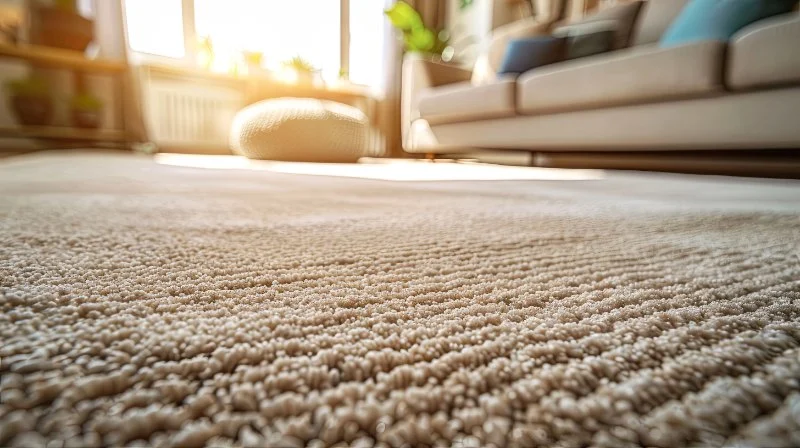
- 1- What is Carpet Density?
- 2- Why Carpet Density Matters
- 3- How to Measure Carpet Density
- 4- Carpet Density and Durability: What You Need to Know
- 5- Choosing the Right Carpet with Ideal Density
1. What is Carpet Density?
Carpet density refers to the number of fibers packed into a specific area of carpet, typically measured in ounces per square yard or fibers per inch. In simpler terms, it’s a way to measure how closely packed the fibers are in the carpet's structure. High-density carpets have more fibers packed closely together, while low-density carpets have fewer fibers spaced further apart.
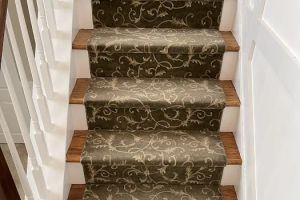
Balaji flooring solutions
FarmingdaleSuffolk CountyNew York
164 Central Ave, Farmingdale, NY 11735, USA
1.1. Fiber Types and Carpet Density
Different carpet fibers, such as nylon, polyester, and wool, can affect the overall density of the carpet. Higher quality fibers tend to provide better durability and density, offering long-term value. Understanding the fiber type is crucial when considering carpet density, as some fibers naturally have more compact structures than others.
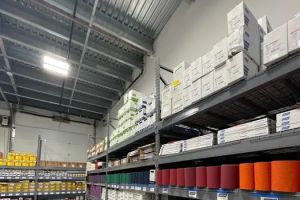
King Floor Supplies 3
FraminghamMiddlesex CountyMassachusetts
120 Leland St, Framingham, MA 01702, USA
1.2. How Density Affects Carpet Feel
A higher density generally results in a softer, thicker feel, while lower density carpets may feel thinner and less luxurious underfoot. However, comfort isn't the only factor influenced by density—durability is just as important.
2. Why Carpet Density Matters
Carpet density plays a significant role in both the aesthetic appeal and the functional quality of your carpet. The higher the density, the better the carpet's performance will be in the long term. Let’s dive into why density matters when choosing the right carpet for your home.
2.1. Durability and Longevity
Higher-density carpets tend to last longer because the fibers are packed tightly together, reducing the likelihood of matting and wear over time. This makes dense carpets a more durable choice for high-traffic areas such as living rooms, hallways, and offices.
2.2. Stain Resistance
Denser carpets are better at resisting stains because the fibers are tightly woven, making it harder for dirt and liquids to penetrate deep into the carpet. This is especially beneficial for households with pets or children.
2.3. Insulation and Soundproofing
Density also affects how well a carpet can insulate your space. A denser carpet provides better thermal and sound insulation, keeping your home warmer and quieter. This can help with energy efficiency and create a more comfortable living environment.
3. How to Measure Carpet Density
Measuring carpet density isn’t always straightforward, but it’s essential to know what to look for to ensure you’re making a good investment. Here’s how you can measure carpet density yourself:
3.1. The “Twist Test”
The twist test involves twisting a piece of carpet fiber to see how many twists are present. More twists typically mean higher density, as tightly twisted fibers are packed more closely together. The more twists you feel, the denser the carpet is likely to be.
3.2. Density Gauge
Some manufacturers provide a density gauge, which is a specific measurement of fiber density. This tool helps assess how much fiber is in a square inch of the carpet, allowing for a more precise evaluation of the carpet's quality.
3.3. Density vs. Pile Height
It's important to note that carpet density is different from pile height. While pile height refers to the length of the carpet fibers, density focuses on the number of fibers in a given area. Both aspects influence the carpet's performance, but density is the better indicator of durability.
4. Carpet Density and Durability: What You Need to Know
Carpet durability is often a key factor when choosing a carpet for your home or office. Higher-density carpets offer superior durability because they resist wear, staining, and matting more effectively. But how does density specifically contribute to a carpet's long-lasting nature? Let’s break it down:
4.1. Resistance to Wear
The more fibers packed into the carpet, the less likely the carpet will show wear patterns, especially in high-traffic areas. Dense carpets distribute weight and pressure more evenly, which means that they won’t show signs of wear as quickly as carpets with low density.
4.2. Less Maintenance
Dense carpets often require less maintenance over time. They are better at repelling dirt, which means they stay cleaner for longer periods. This reduces the frequency of professional cleaning and the risk of stains becoming permanent.
5. Choosing the Right Carpet with Ideal Density
Now that you understand the importance of carpet density, how do you choose the right carpet for your space? The ideal density will depend on your lifestyle, foot traffic, and aesthetic preferences. Here are some tips for choosing the perfect carpet density:
5.1. High-Traffic Areas
For high-traffic areas like living rooms or hallways, a high-density carpet is the best choice. This will ensure that your carpet can withstand heavy use and maintain its appearance over time.
5.2. Low-Traffic Areas
If the carpet is going in a bedroom or a room with little foot traffic, a lower-density carpet can still provide comfort and aesthetics at a more affordable price.
5.3. Budget Considerations
While high-density carpets are often more expensive, they offer better long-term value due to their durability. If your budget allows, investing in a high-density carpet will save you money on replacements and maintenance in the future.
For more advice and expert recommendations on selecting the right carpet for your needs, visit CarpetHub for the best options and guides available.


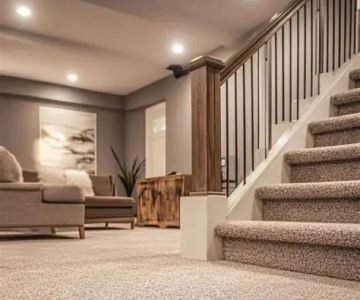

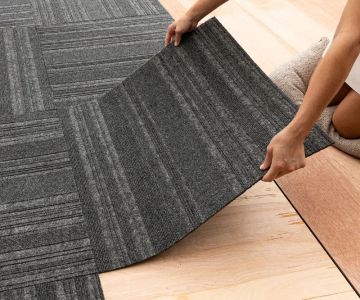


 Baystate Rug and Flooring3.0 (22 reviews)
Baystate Rug and Flooring3.0 (22 reviews) Manhattan Royal Carpet and Floors5.0 (11 reviews)
Manhattan Royal Carpet and Floors5.0 (11 reviews) King Floor Supplies 24.0 (35 reviews)
King Floor Supplies 24.0 (35 reviews) World Market4.0 (481 reviews)
World Market4.0 (481 reviews) The Home Depot4.0 (997 reviews)
The Home Depot4.0 (997 reviews) Kaoud Rugs4.0 (123 reviews)
Kaoud Rugs4.0 (123 reviews) Understanding Carpet Density and Why It Matters
Understanding Carpet Density and Why It Matters Understanding the Cost Differences Between Carpet Types
Understanding the Cost Differences Between Carpet Types Choosing the Best Carpet for Homes with Pets
Choosing the Best Carpet for Homes with Pets How to Prevent Carpet Damage from Pets and Kids
How to Prevent Carpet Damage from Pets and Kids What Are the Benefits of Carpet in a Home with Allergies? | CarpetHub
What Are the Benefits of Carpet in a Home with Allergies? | CarpetHub How to Choose the Right Carpet Padding for Maximum Comfort and Longevity
How to Choose the Right Carpet Padding for Maximum Comfort and Longevity